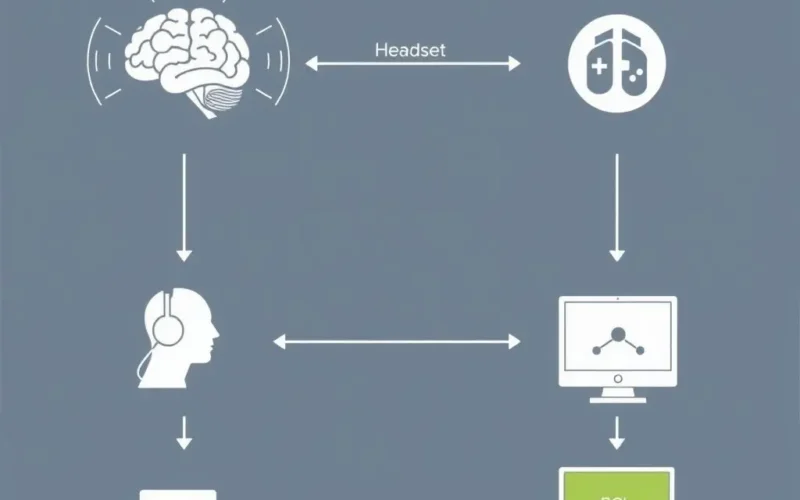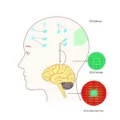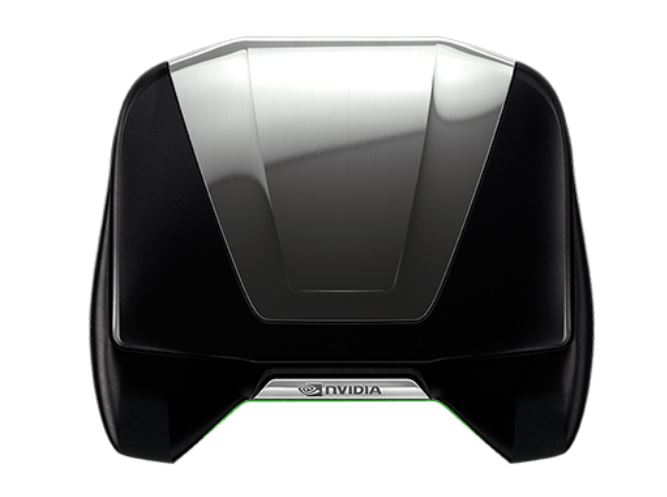Imagine a gaming world where the controller isn’t a plastic device in your hands, but your own thoughts. What if your focus, your intent, could directly influence the action unfolding on screen? This might sound like something pulled straight from a cyberpunk novel or a distant future, but the reality is, brainwave-powered gaming is no longer confined to the realm of science fiction. It’s here, evolving rapidly, and beginning to redefine what it means to play.
At the heart of this revolutionary concept are sophisticated headsets equipped with advanced Electroencephalogram (EEG) sensors. These sensors aren’t just passive readers; they are delicate instruments designed to pick up the unique electrical patterns generated by your brain’s activity. Every thought, every moment of concentration or relaxation, creates distinct signals. These signals are then captured and sent to a brain-computer interface (BCI).
The BCI acts as a translator, taking the complex waveform data from your brain and interpreting it into commands that a game can understand. Think of it as a highly advanced middleware layer that bridges the gap between your neural activity and the digital world. This process often involves machine learning algorithms that are trained to recognize specific brain states or patterns associated with desired actions.
This incredible technology, often referred to as neurofeedback when applied to gaming, allows players to potentially perform actions – from navigating menus to executing in-game moves – simply by focusing their mental energy or consciously thinking specific thoughts. It offers an unprecedented level of immersion, blurring the lines between player and avatar.
To give you a quick glimpse into this fascinating frontier, check out this short overview:
Table of Contents
How Does Brainwave Gaming Actually Work?
Diving a little deeper, the core mechanism relies on EEG technology. The sensors in the headset are typically placed on the scalp. Your brain cells, neurons, communicate with each other through electrical impulses. When many neurons fire together, they generate electrical activity strong enough to be detected by these external sensors. This activity manifests as brainwaves, which vary in frequency (measured in Hertz) and amplitude, corresponding to different states of consciousness or mental activity (e.g., Alpha, Beta, Theta, Delta waves).
The BCI system receives this raw EEG data. However, raw brain signals are inherently noisy and complex. The BCI software performs several crucial steps:
- Signal Acquisition: Capturing the electrical signals via electrodes.
- Signal Processing: Filtering out noise (like muscle movements, eye blinks) and amplifying the relevant brainwave patterns.
- Feature Extraction: Identifying specific characteristics of the brainwaves (e.g., power in a certain frequency band, pattern changes over time) that correlate with mental states or intended actions.
- Classification: Using algorithms (like machine learning classifiers) to categorize the extracted features and translate them into discrete commands or continuous control signals. For example, a certain increase in beta wave activity in a specific brain region might be classified as ‘focus’ or ‘push’.
- Application Interface: Sending the translated commands to the game or application.
This is a simplified explanation, and the actual process is highly sophisticated, requiring significant computational power and often, calibration tailored to the individual user’s brain signals.
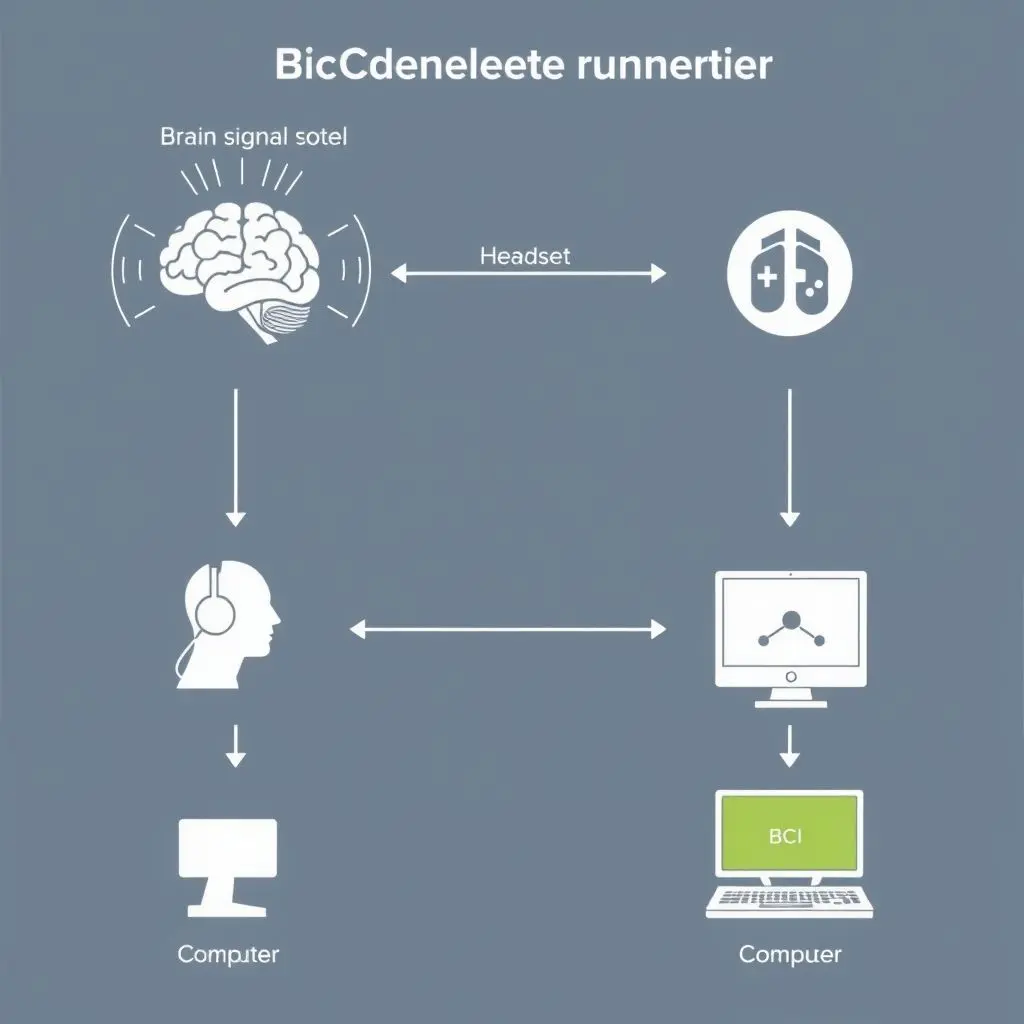
The Potential and Promise of Mind Control in Games
The implications of brainwave-powered gaming extend far beyond just a novel way to interact. It opens up exciting possibilities:
- Enhanced Immersion: Direct mental control can create a deeper sense of presence and connection to the game world, making the experience incredibly visceral.
- Increased Accessibility: For individuals with physical disabilities, traditional controllers can be a barrier. BCI gaming offers a revolutionary pathway to participate fully in the gaming world, controlled by thought alone. This is one of the most significant and immediate benefits of this technology.
- New Gameplay Mechanics: Developers can create entirely new game types or introduce mechanics based on mental states like focus, relaxation, or emotional responses, leading to uniquely challenging and engaging experiences. Imagine a puzzle game that requires you to achieve a specific state of calm to solve it.
- Improved Training and Performance: Neurofeedback isn’t limited to gaming. It can train users to improve focus, manage stress, or enhance cognitive skills, which can then translate to better performance within the game and potentially in real life.
Current Realities and Challenges on the Horizon
While the potential is immense, brainwave gaming is still in its relatively early stages of consumer adoption. Several challenges need to be addressed:
- Accuracy and Reliability: Brain signals are susceptible to interference from electrical noise and artifacts (like eye movements). Achieving consistently accurate and reliable control remains a significant technical hurdle. Current systems often rely on simpler, more robust signals like those related to attention or blinking.
- Calibration and Training: Every brain is unique. BCI systems often require a calibration period where the user focuses on specific tasks or thoughts so the system can learn their individual brain patterns. Users also need to learn how to reliably produce the specific mental states or commands the system recognizes, which takes practice.
- Cost and Accessibility: High-quality EEG headsets with the necessary processing power are currently expensive, limiting widespread consumer access.
- Comfort and Usability: Current headsets can sometimes be bulky or require conductive gel (in clinical settings, though newer dry electrodes are improving this). Making them comfortable and easy to use for extended gaming sessions is crucial.
- Limited Scope of Commands: Generating a wide vocabulary of distinct, reliable mental commands is difficult. Most current systems are limited to a few basic actions or levels of control (e.g., moving left/right, focusing, pushing/pulling simple objects).
- Ethical Considerations: As the technology advances, questions arise regarding data privacy (brain data is highly sensitive), security, and potential misuse.
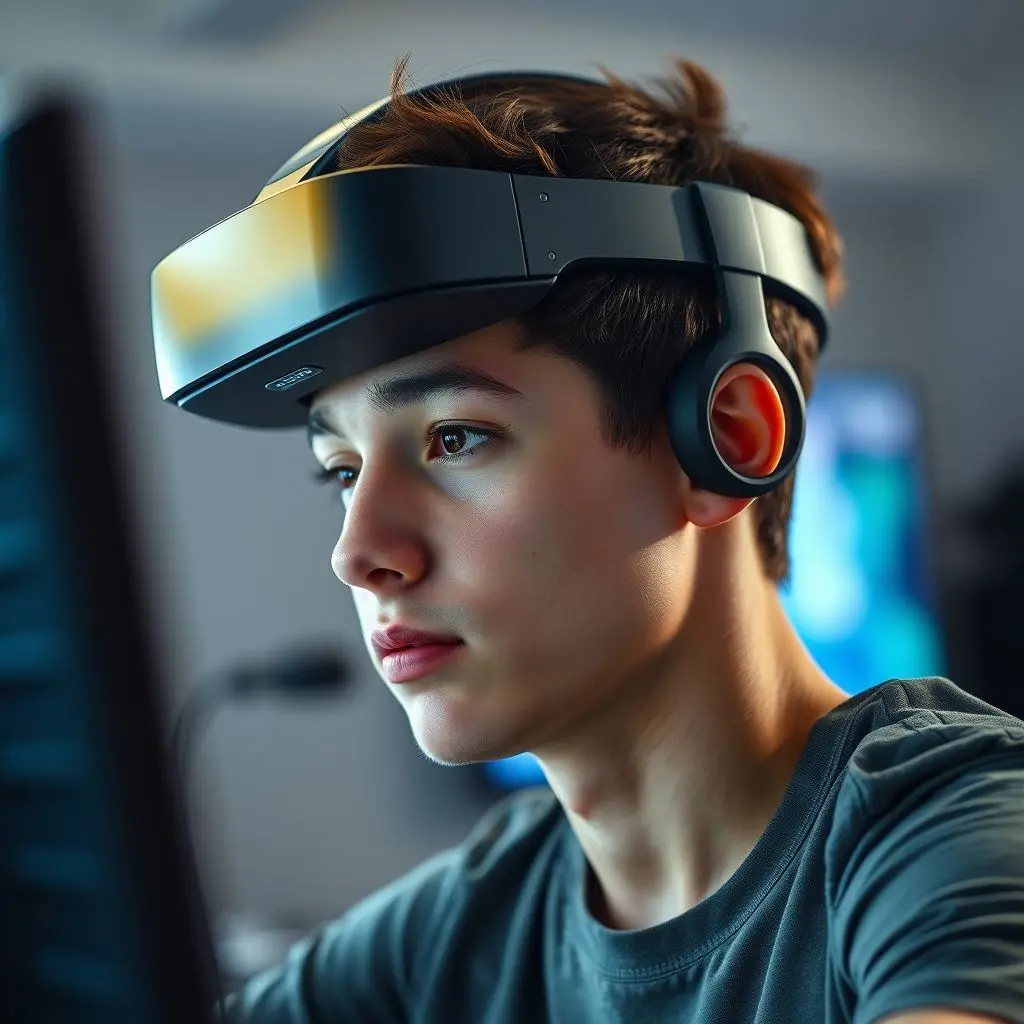
The Road Ahead for Mind-Controlled Games
Despite the challenges, the future of brainwave-powered gaming looks incredibly promising. Research continues to improve signal processing, algorithm accuracy, and headset design. As the technology matures and becomes more affordable, we can expect to see more sophisticated BCI systems integrated into mainstream gaming platforms.
Early examples already exist in research labs and niche applications, often focusing on simple neurofeedback loops for meditation or focus training integrated into basic games. The leap to complex AAA game control is significant but not insurmountable.
We might first see BCI used for secondary controls – perhaps managing inventory, activating special abilities based on mental state, or navigating menus – before it fully replaces traditional controllers for primary movement and action.

Frequently Asked Questions About Brainwave Gaming
Is brainwave gaming safe?
Yes, the EEG technology used in these headsets is passive and non-invasive. It only reads electrical signals; it does not send any electrical impulses into the brain. It is considered safe for general use.
What games can I play with my mind right now?
Currently, mainstream games are not built for full brainwave control. Existing applications are primarily focused on simple games designed specifically for neurofeedback training (like improving focus or relaxation) or research prototypes demonstrating basic control concepts. Full-fledged brainwave-controlled versions of popular games are still in development or are theoretical.
How accurate is brainwave control?
Accuracy varies significantly depending on the technology, the BCI system’s sophistication, the specific commands being attempted, and the user’s ability to produce consistent brain signals. It’s generally not as precise or fast as traditional physical controllers for complex actions yet.
Do I need special training to use a brainwave gaming headset?
Yes, using a BCI system effectively usually requires calibration where the system learns your brain patterns. You also typically need to train yourself to reliably enter the mental states or think the thoughts that the system is programmed to recognize as commands. It’s a skill that improves with practice.
Is this technology just for gaming?
No, BCI technology has broad applications beyond gaming, including medical fields (assistive devices for people with paralysis, prosthetics control), neuroscience research, education, marketing (measuring engagement), and industrial control.
The Future is Thinking Ahead
The journey from science fiction to reality for brainwave-powered gaming is well underway. While there are hurdles to clear, the potential for increased immersion, revolutionary accessibility, and entirely new forms of interactive entertainment is undeniable. As researchers and developers continue to push the boundaries of what’s possible, we may soon find that the most powerful gaming controller isn’t something you hold, but something you are. The virtual world truly opens wide when your thoughts become your guide.
